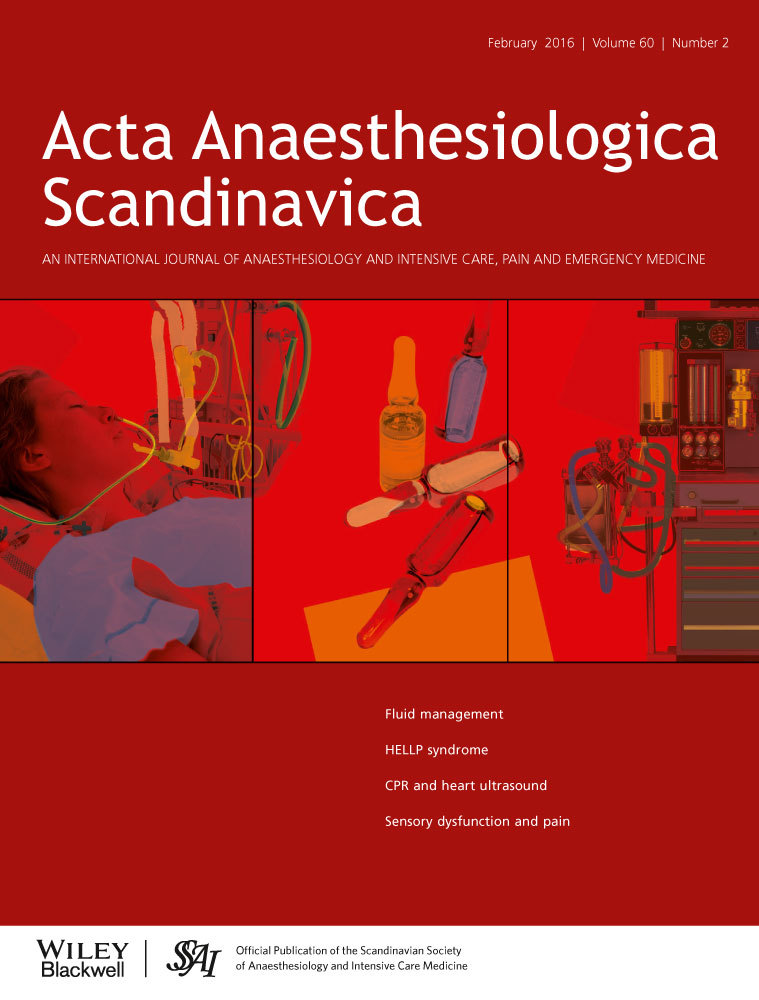Glucocorticoid receptor expression and binding capacity in patients with burn injury
Conflicts of interest:
The authors declare no conflict of interest.
Funding:
This work was supported by grant 5315 from the Swedish Research Council and by grants from the Swedish Society of Medicine, local funds from Uppsala County Council (ALF project) and the Inga-Britt and Arne Lundberg Foundation.
Abstract
Background
Burn injuries are associated with strong inflammation and risk of secondary sepsis which both may affect the function of the glucocorticoid receptor (GR). The aim of this study was to determine GR expression and binding capacity in leucocytes from patients admitted to a tertiary burn center.
Methods
Blood was sampled from 13 patients on admission and days 7, 14 and 21, and once from 16 healthy subjects. Patients were grouped according to the extent of burn and to any sepsis on day 7. Expression and binding capacity of GR were determined as arbitrary units using flow cytometry.
Results
GR expression and binding capacity were increased compared to healthy subjects in most circulating leucocyte subsets on admission irrespective of burn size. Patients with sepsis on day 7 displayed increased GR expression in T lymphocytes (51.8%, P < 0.01) compared to admission. There was a negative correlation between GR binding capacity in neutrophils and burn size after 14 days (P < 0.05).
Conclusions
GR expression and binding capacity are increased in most types of circulating leucocytes of severely burned patients on their admission to specialized burn care. If sepsis is present after 1 week, it is associated with higher GR expression in T lymphocytes and NK cells.




